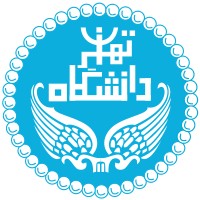
Harvard University
Harvard University is devoted to excellence in teaching, learning, and research, and to developing leaders in many disciplines who make a difference globally. Founded in 1636, Harvard is the oldest institution of higher learning in the United States. The official flagship Harvard social media channels are maintained by Harvard Public Affairs and Communications and aim to provide access to the people, places, events, news and research at our Institution. We ask that all visitors to Harvard’s digital spaces be civil to one another and to the site editors. Personal attacks, profanity, commercial solicitations, spam, misinformation or other inappropriate contributions are grounds for comment removal. We ask that you stay on topic when contributing to a discussion and refrain from duplicate posts. Hateful or discriminatory comments regarding race, ethnicity, religion, gender, disability, sexual orientation, or political beliefs will not be tolerated. The page administrators reserve the right to delete inappropriate or abusive comments and to permanently ban or block users from the Harvard social media accounts.






